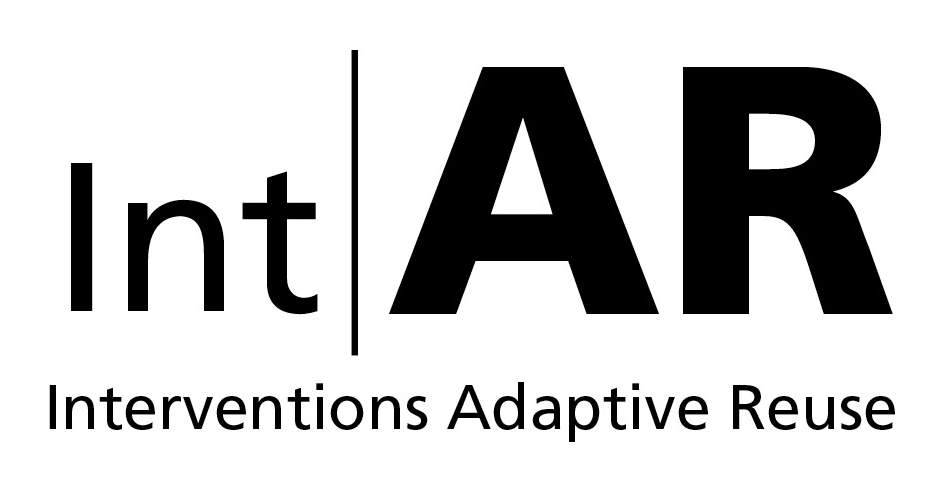Adaptive Reuse in Emerging Economies
Volume 03 attempts to answer questions of Adaptive Reuse in Emerging Economies, emerging markets that are on the other side of the Industrial Revolution and the post-industrial period (questions from Int|AR Volume 02). What does sustainability mean in a country with a developing economy? In a culture of nascent financial stability, what are the incentives for reusing a structure when new construction is attainable? For a citizen with newfound financial stability what are the connotations of old ? And, what are the cultural implications of adapting and reusing an existing structure?
restoration economy
Manufaktura, Łódz
by Barbara Camocini and Agnese Rebaglio
The practice of Adaptive Reuse is often related to a profound socioeconomic shift; specifically, it implies the abandonment or decommissioning of an industrial, economic or social system, and its relative structures, and experimentation with new models for growth. Developing nations standout particularly, because they are required to tackle this profound change, drawing upon tangible space and energies. Adaptive reuse is therefore a fundamental design tactic, enabling the exploitation of existing structures while preserving heritage.
END OF EXCERPT
Flying tea rooms
On Search for Identity in Saudi Arabia
by Caroline Jaeger-Klein
All started with an invitation for an academic field trip to explore the vernacular architecture of Hedjaz and Asir, the Red Sea regions of the Arabic peninsula in 2008. Meanwhile, a multidisciplinary research project on documentation and analysis of domestic building traditions has been signed by representatives of the King Abdul Aziz University of Jeddah and the Vienna University of Technology under the patronage of the Minister of Higher Education of the Kingdom of Saudi Arabia. The intense working phase of the Austrian experts with their Saudi Arabian students began in October 2011 and will last for three years1 . The proclaimed result of this first working phase is to get sufficient information through survey and inventory of the building stock of the country. Hence the most intriguing aspects of the project will arise afterwards in avoiding the creation of inanimate museums and national monuments but proving the traditional building stocks’ potential for rehabilitation and adaptive reuse. Let me outline a first vision after a brief glimpse on three completely different sites, each separated by 700 kilometres and therefore based on dissimilar social, economical and ecological parameters.
END OF EXCERPT
interioreuse
by Lucilla Zanolari Bottelli
InterioReuse recalls the French word intérieurs, the inner part of something belonging to the soul, and embodies a concept of interiority that seeks to understand the connection between the use of interior space, according to cultural customs and social needs, and its adaptation into new contexts overtime. For centuries traditional Hakka houses in the Guangdong (Canton) Province of the People’s Republic of China have been witness to the story and the transformations of their territory and are today pieces of history threatened by a metropolitan master plan, which proposes erasing the past in favor of a future driven by economic and political matters. But memory and history are embodied in these structures and importance must be placed on trying to understand and propose a dialogue between the past and the future of the region.
END OF EXCERPT




